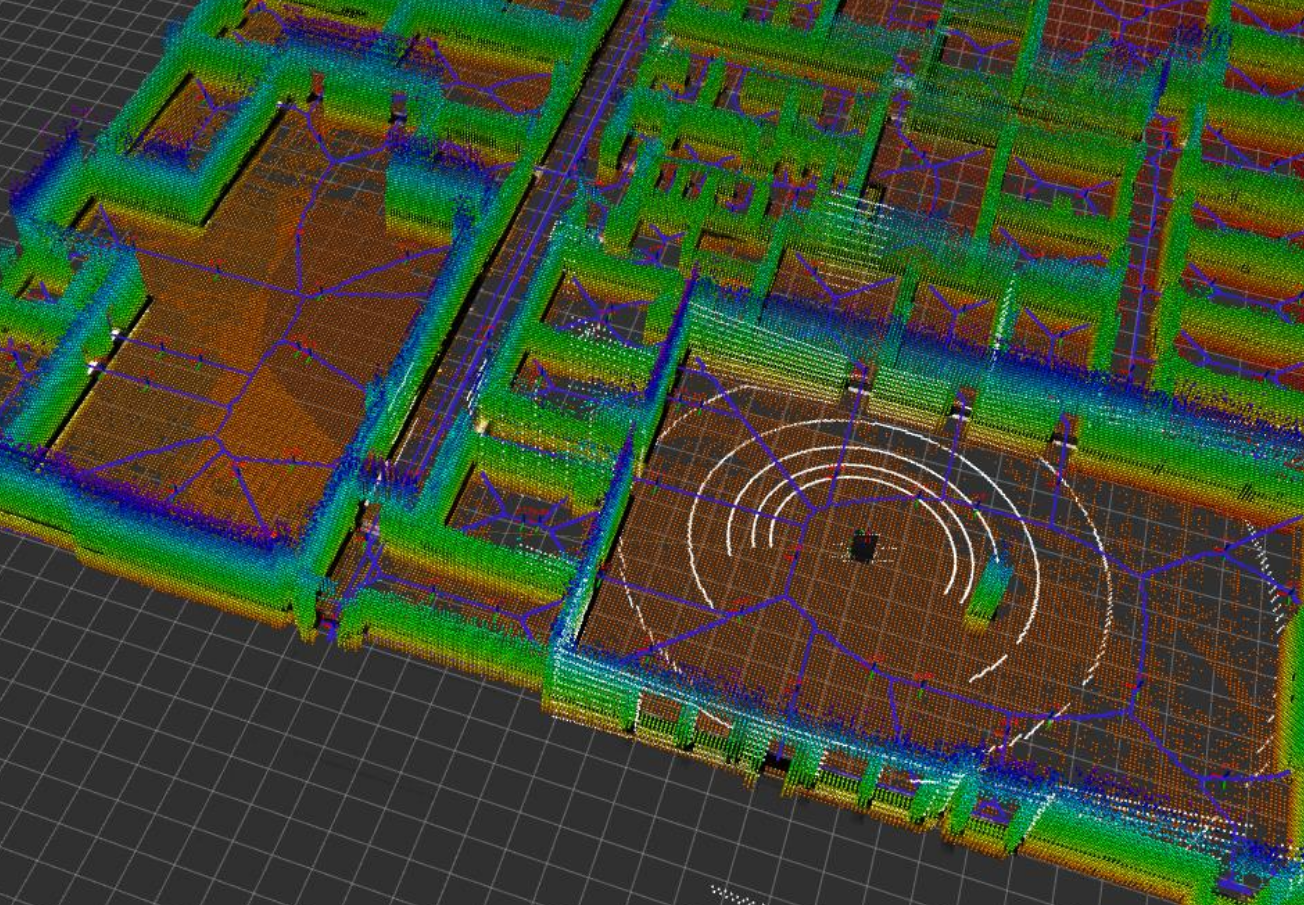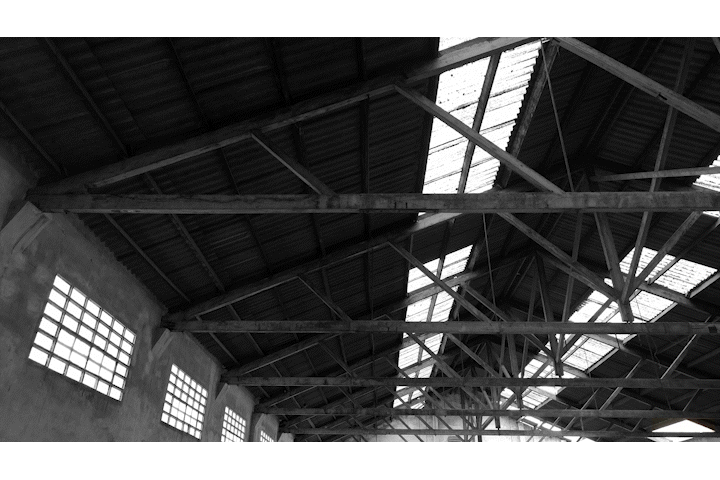
Photo Credits: Eurecat
Advanced robotics such as fully autonomous drones or mobile and dexterous manipulators are enabled by the onboard software architecture. The onboard software is responsible for all the mathematical and cognitive aspects of the system, ranging from sensor data processing, perception, state estimation and localization, mapping, planning, control and some others.
Learning all the bits and bobs of these components takes time and effort. Fortunately, the Robot Operating System has become an extremely useful framework to speed up this process. This seminar will cover the basics of ROS starting from the very beginning. We will learn how a system built in ROS is made, how the different nodes communicate, which tools we can use to compile, visualize data, debug etc. And most importantly, we will learn how to search and use open source algorithms released by cutting edge research groups around the world
Furthermore, we will enter into autonomous navigation and explain the most common localization and navigation architecture. And some of the most popular algorithms out there for SLAM (Simultaneous Localization and Mapping) and planning.
Learning Objectives
At course completion the student will:
- Understand the structure and operation of Robots Operating System (ROS)
- Be able to design and implement an autonomous mobile robot solution.
- Test a mobile robot implementation in simulation.
- Test a mobile robot implementation with a real robot.








